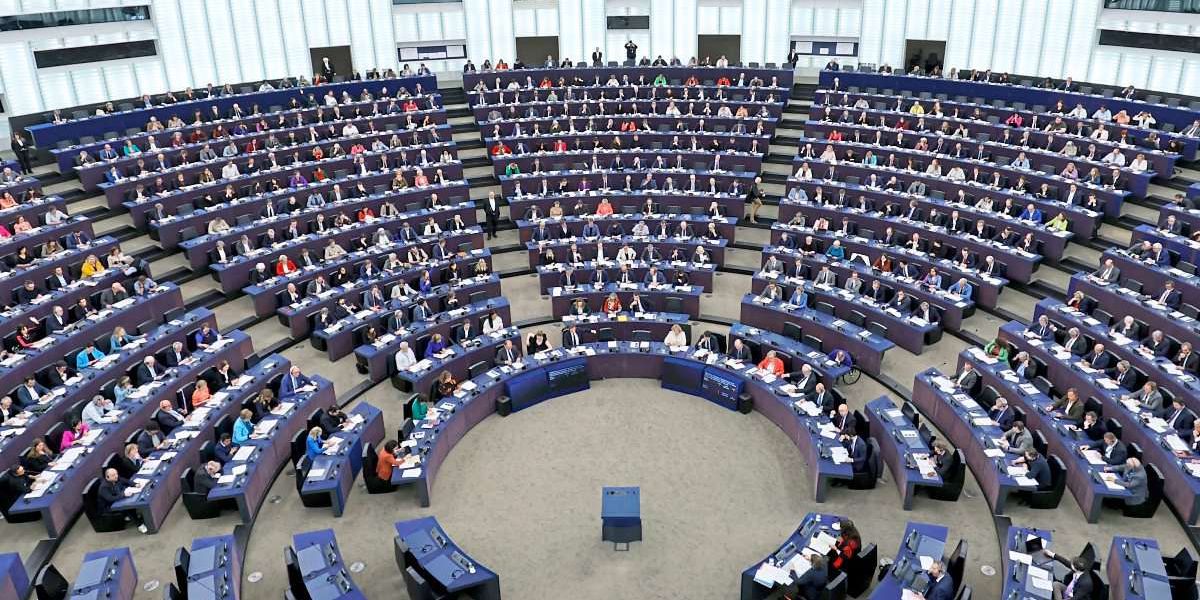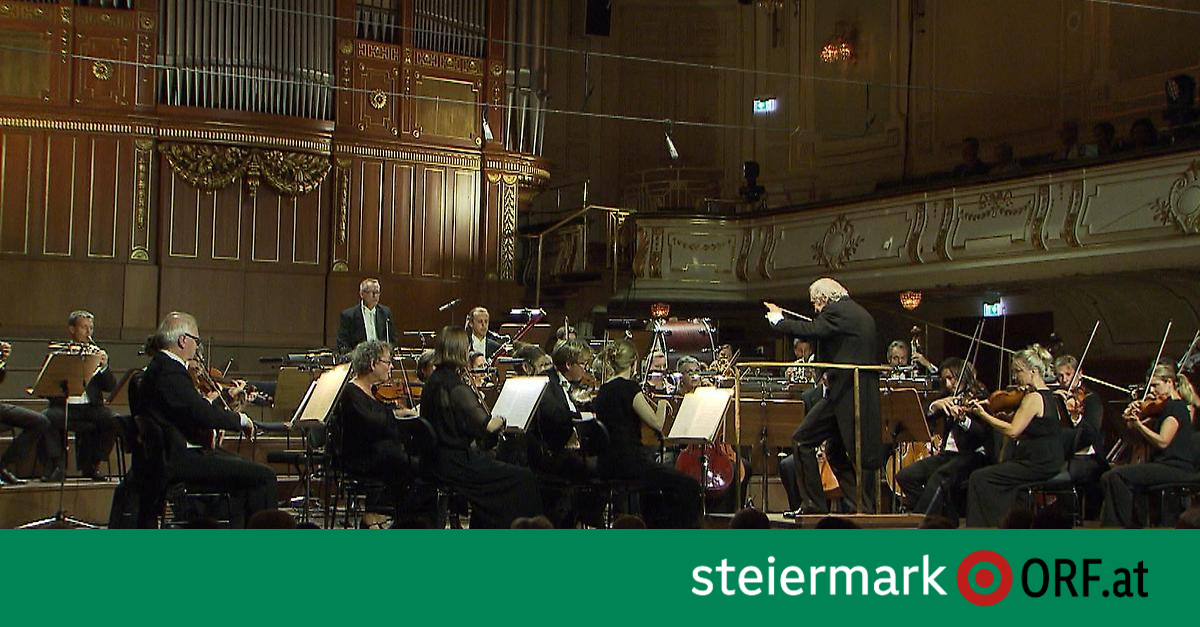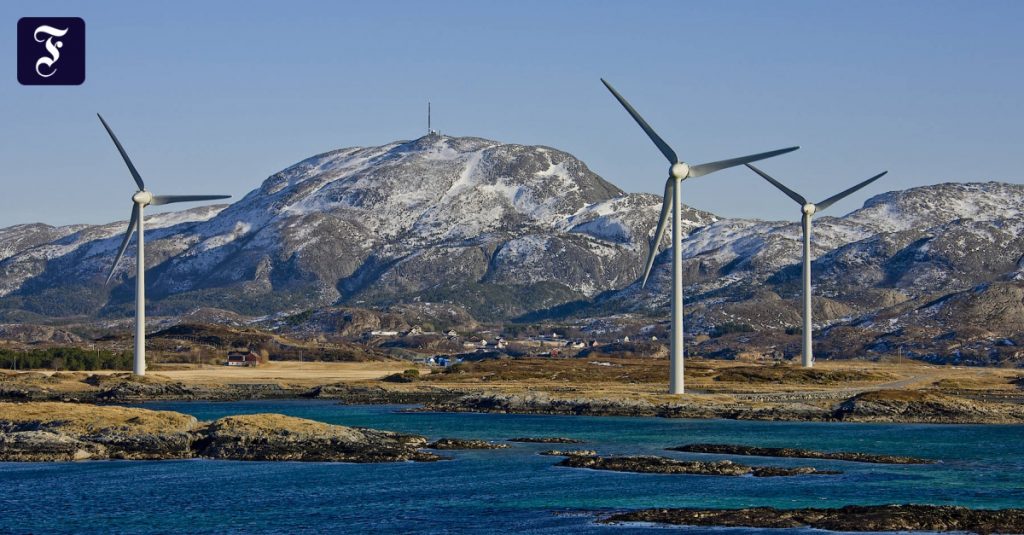JFor a decade, there has been a clear relationship between Germany and Norway, at least when it comes to energy: Norway is delivering while Germany pays. Norwegian has been flowing since 1977 natural gas Through a pipeline at the bottom of the North Sea to Emden and from there to millions of gas heating systems in Germany; In 2020, it was nearly 50 billion cubic meters, more than ever before and more than half of Germany’s annual consumption.
Now the energy partnership is no longer unilateral: On Thursday, the heads of government of the two countries said, Angela Merkel And Erna Solberg, the first German-Norway power cable to be officially commissioned. Unlike gas, Germany and Norway can be sources of electricity. This is precisely why the 634-kilometer cable called “Nordlink”, which runs from Tonstad in southern Norway to Wilster in Schleswig-Holstein, is more controversial than the gas pipeline. And because it is unlikely to be mentioned at the ceremony, which will be held digitally in keeping with the epidemic, it is worth taking a look at it in advance.
Accompany big wordsNordlink– The project since its first concrete plans were drawn up nearly ten years ago. It’s an exaggeration, too: Norway, the land of glaciers and fjords, has become the “green battery” of Europe, or at least Germany, through submarine cables like this one, it’s often said since then. What could be more beautiful for a green conscience than using electricity from clean Norwegian hydropower, which flows over Kabul from north to south? And what could be more beneficial to them Energy transmission In Germany, as the possibility of stopping the wind energy that is produced in abundance on the coast with a refreshing breeze in the Norwegian reservoirs until the North Sea calms down and wind turbines stop?
At the most dielectric
That’s right: Norway covers more than 90 percent of its electricity from hydropower, and it’s emission-free and inexpensive. There are around 1,700 power plants on the country’s many rivers and lakes. It is more flexible than coal or gas power plants and can be switched on and off more quickly. And unlike wind turbines and solar systems in Germany, there is no feed-in tariff, even if cheaper electricity is available from other sources. So you can reduce your production when the wind drives the wheels south and the sun shines on solar panels.
But it is not enough for it to function as a large environmental battery in Germany or even all of Europe. Even if many more submarine cables are built than this. There is almost a shortage of available electricity in Norway. Electricity consumption in Germany alone is around 580 TWh per year. Combined Norwegian hydroelectric plants produce just a little less than a quarter of them, first and foremost for domestic demand. So it can only be a small buffer zone of Germany.
Aside from the proportions, there is another reason not to overthink the battery North. New arm-thick high-voltage direct current cable, about 2 billion euros from Norwegian network operator Statnett and a joint venture of the German Development Bank KfW Built by the German-Dutch grid operator Tennet, it is starting in Norway at a substation near the Tonstad hydroelectric power plant.

“Food practitioner. Bacon guru. Infuriatingly humble zombie enthusiast. Total student.”







More Stories
EU Parliament waves more flexible environmental standards in agriculture – Agriculture
Spanish Prime Minister Sanchez suddenly suspends official work
Egypt: No talks with Israel regarding the Rafah attack